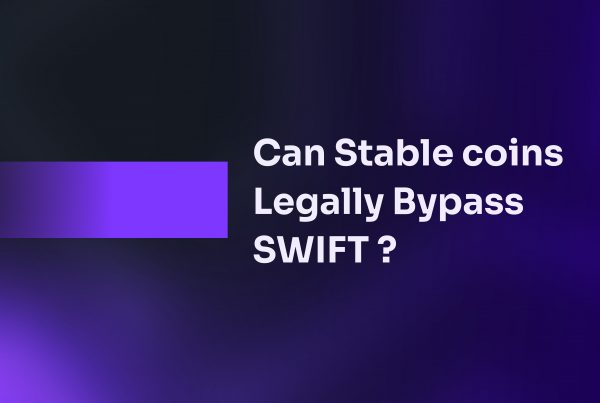Introduction
Social engineering attacks pose a significant threat to both individuals and organizations. These attacks exploit human psychology rather than technical vulnerabilities, taking advantage of the fact that humans are often considered the weakest links in cybersecurity. Through deception and psychological tactics, attackers gain access to confidential information, systems, or physical locations.
According to reports, social engineering involving a non-malicious human element, such as a person falling victim to a social engineering attack or making an error, remains one of the top attack vectors, responsible for 68% of all breaches.
We at Fincra, we see it as our responsibility to empower users with knowledge to safeguard against social engineering attacks!
Common social engineering tactics
Phishing: Attackers send fraudulent emails or messages that appear to come from reputable sources, prompting recipients to click on malicious links or provide sensitive information. Phishing techniques come in various forms:
- Spear phishing: Targeting specific individuals or organizations with personalized messages that often include details obtained through prior reconnaissance.
- Smishing (SMS Phishing): Sending deceptive text messages that appear to be from a trusted source, often containing links to malicious websites or prompts to call a fraudulent phone number.
- Voice phishing (Vishing): Using phone calls to impersonate legitimate entities (like banks or tech support) to trick individuals into revealing sensitive information or performing actions.
Example: An email/text that looks like it’s from your bank, asking you to verify your account details by clicking on a link or revealing your sensitive information
Pretexting: Creating a fabricated scenario or pretext to elicit information from a target, often by impersonating someone trustworthy or in authority.
Baiting: Offering something attractive (like a free download or USB drive) that contains malware or prompts the user to enter sensitive information.
Tailgating: Gaining unauthorised physical access to a restricted area by following closely behind an authorized person.
Quid pro quo: Offering a service or benefit in exchange for information or access, often over the phone or in person.
Recognising red flags
- Unsolicited requests: Be wary of unexpected requests for sensitive information.
- Urgency: Scammers often create a sense of urgency to provoke quick action without verification.
- Too good to be true offers: Offers that seem too good to be true likely are.
- Suspicious links and attachments: Hover over links to check URLs and be cautious with attachments from unknown senders.
How to protect yourself from social engineering attacks
- Be skeptical: Always verify the identity of the person or entity contacting you. If in doubt, contact the organization directly using known, legitimate contact information.
- Educate yourself and others: Ensure that you and everyone in your organization understands the tactics used in social engineering attacks and how to recognise them.
- Verify before trusting: Before clicking on links, providing information, or following instructions, verify the request through a trusted channel. For example, if you receive an unexpected email from your bank, call the bank directly to confirm.
- Use strong authentication: Implement two-factor authentication (2FA) wherever possible. This adds an additional layer of security, making it harder for attackers to gain access even if they obtain your login credentials.
- Be cautious with information: Limit the amount of personal information you share online and be mindful of what you post on social media. Attackers often gather information from these sources to make their attacks more convincing.
- Report suspicious activity: If you encounter a suspicious email, phone call, or person, report it to your IT department or security team immediately. Prompt reporting can help prevent potential breaches.
Conclusion
By staying informed and vigilant, you can protect yourself and your organisation from these deceptive tactics. Remember, the best defense against social engineering is awareness and a healthy dose of skepticism.




